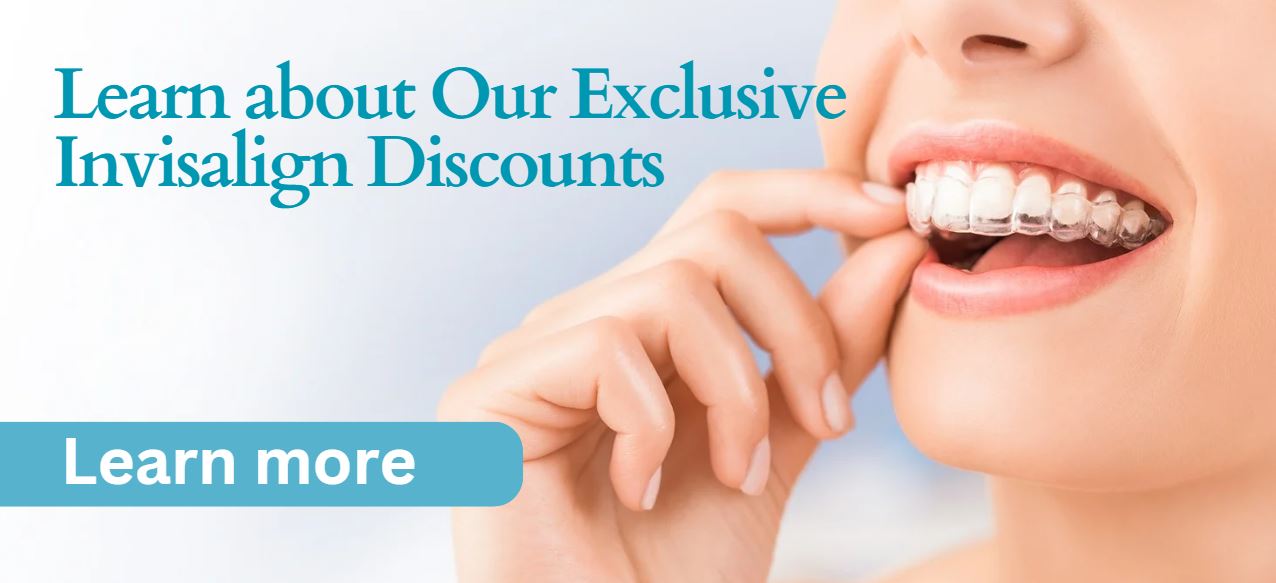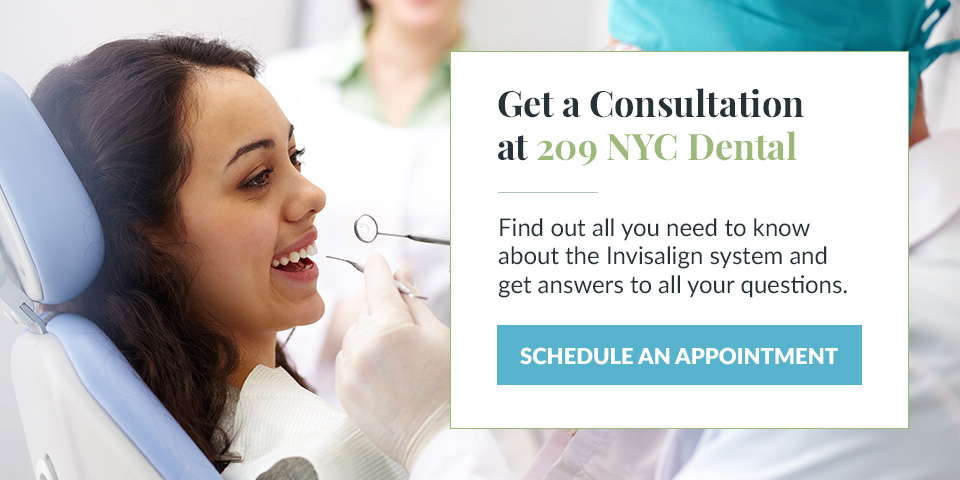Invisalign Overbite
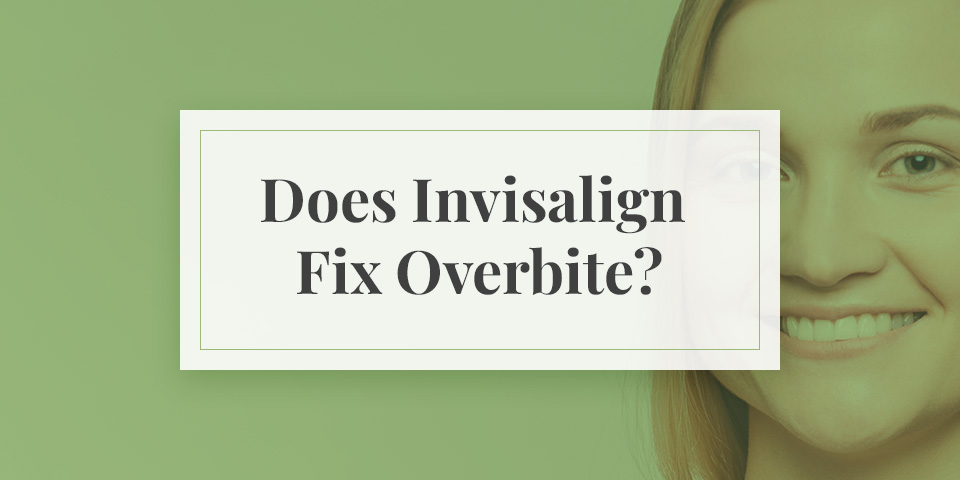
Invisalign for Overbite - Is It Right for You?
- What Is An Overbite?
- What Causes Overbites Or Overjets?
- Why You Should Treat An Overbite
- Benefits Of Using Invisalign For Overbite And Overjet Correction
- Invisalign Consultation At 209 NYC Dental
An overbite or overjet gives the teeth an unpleasant appearance and can cause uneven wear. Fortunately, using Invisalign braces for overbite correction can create a properly aligned smile. Before you call to schedule a consultation for overbite correction at 209 NYC Dental, here are some important facts to note about this dental issue.
Call 212-355-2290 for Information about Invisalign for Overbite
What Is an Overbite?
An overbite is a misalignment of the front teeth. The upper teeth overlap those of the lower jaw, a phenomenon that is also called an overjet. In severe cases, the lower front teeth can bite into the upper palate.
Different Types of Overbites
There are two types of overbites — dental and skeletal. In dental overbites, it is the upper front teeth alone that protrude forward. This issue is also known as “buck teeth.” In skeletal overbites, it is the protrusion of the upper jaw that makes the upper teeth overlap the lower teeth.
Dental overbites stem from external disruptions of the teeth’s development, such as excessive thumb sucking and pacifier usage during childhood. They can be further exacerbated by habits like nail biting and tongue thrusting behind the teeth that encourage teeth to form in the wrong places. Behaviors like these can cause speech issues and difficulty chewing food.
Skeletal overbites are often genetic and occur when the jaw develops too large or too small to accommodate the growth of new teeth. Extra room or lack of space causes the teeth to get overly crowded, grow in a crooked arrangement or have large spaces in between them. Issues like these can cause breathing disorders and eventually lead to sleep apnea.
Both kinds of overbites can lead to serious issues with jaw development, headaches, neck pains and speech problems. They can also increase your risk of cavities, temporomandibular joint disorder and gum diseases like gingivitis.
What Causes Overbites or Overjets?
An overbite or overjet may occur as an inherited dental issue, but it could also develop because of poor oral habits acquired during childhood. Such habits include nail-biting, thumb-sucking, tongue thrust or excessive use of feeding bottles and pacifiers. The following poor oral habits and other conditions can affect the growth of the teeth and jaw and lead to the development of a misaligned bite:
- Thumb-sucking: When thumb-sucking continues beyond the age of four or when permanent teeth start appearing, the pressure exerted can make the permanent teeth protrude at an odd angle.
- Using a pacifier: Sucking a pacifier for too long can result in an overbite, just as sucking the thumb can. A study published in JADA showed that using a pacifier posed a higher risk of developing malocclusions like overbites than thumb-sucking.
- Tongue-thrusting: A tongue-thrust happens when the tongue is pressing forward abnormally in the mouth. This condition may be caused by swollen tonsils and bad swallowing habits in children. An Adult may also thrust their tongue during sleep or due to stress.
- Genetics or inheritance: It is possible to be born with a large upper jaw and a small upper jaw. This uneven jaw may be hereditary, and siblings and parents may have the same type of dental arrangement.
- Cysts or tumors in the jaw: Having a cyst or tumor in the jaw can alter the alignment of the teeth and give the mouth and jaw an abnormal shape. This situation occurs when persistent growth or swelling of the bony or soft tissue in the upper jaw results in a forward shift.
Why Must You Treat an Overbite?
You should fix an overbite or overjet for both health and cosmetic reasons.
1. Fixing Your Overbite or Overject Will Improve the Health of Your Teeth
It is essential to fix an overbite or overjet because they increase your chances of having excessive tooth wear. Your teeth will rub against each other constantly any time you open or close your mouth. Eventually, they could become shorter or thinner.
2. Fixing Your Overbite or Overjet Will Give You a Pleasant Smile
As portrayed in the before and after photos on this page, an overbite causes your lower teeth to be covered by the upper ones. This overlap can make you feel self-conscious and avoid smiling when you meet people or take pictures.
How Can a Dentist Fix an Overbite?
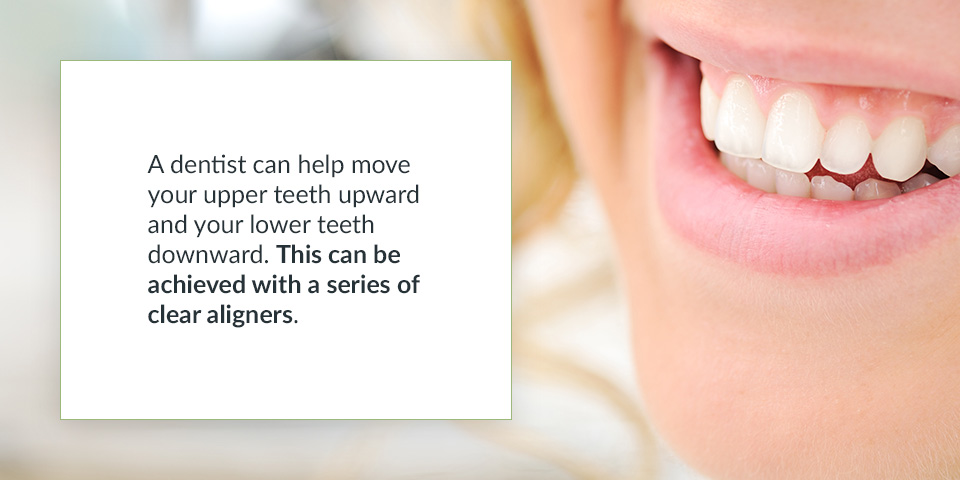
A dentist can help move your upper teeth upward and your lower teeth downward. This goal can be achieved with a series of clear aligners, custom-made braces that you wear throughout the day. The set of clear braces are replaced after every two to four weeks.
The aligners move the teeth and gum together, and both of them are remodeled as they change their position. The clear aligners you need to achieve the desired result will be programmed into a sequence. Your supervising dentist will fix them one after the other until your teeth move back to the required position.
Overbite Treatment Options
Clear aligners like Invisalign are excellent treatments for overbites. Many people prefer these alternatives to traditional braces because Invisalign is subtle and removable. While using Invisalign for an overbite, you can maintain daily routines without too much interruption and remove the aligners for mealtimes and brushing times.
Since Invisalign treatment for overbite is a fairly recent addition to orthodontics, many people are unaware of how effective they are at correcting overjets and other misalignments. These patients sometimes opt for solutions like traditional braces. Metal braces are the most well-known treatment and consist of metal brackets that are fixed onto the teeth and connected with an archwire.
While other options are available, the professionals at 209 NYC Dental utilizes Invisalign for overbites instead of other solutions to offer an easier, more comfortable patient experience. The aligners are customized to fit the patient’s dental structure while maintaining the right pressure to remedy their overbite with less maintenance than traditional braces or headgear.
Does Invisalign Work for Overbite or Overjet?
Invisalign is a unique orthodontic treatment that can treat overbites and overjets. Your dentist will examine your bite to determine if you’re a good candidate for Invisalign. Instead of realigning the teeth with cumbersome traditional metal braces, Invisalign treatment uses clear dental aligners and attachments.
The clear aligners gradually reposition the teeth by pulling the upper and lower teeth back to their ideal positions. You need to wear them for at least 22 hours daily and take them out to eat and clean your teeth. The aligner trays will be replaced every two weeks until the required alignment is attained.
Benefits of Using Invisalign for Overbite and Overjet Correction
Using Invisalign to treat both overbites and overjets has numerous advantages, including the following:
- Creating a better smile: Invisalign provides a better smile after correcting overbite and realigning the teeth.
- Improving self-esteem: An attractive smile helps boost confidence and self-worth. This change can also help create new relationships and open doors to better career opportunities.
- Making treatment discreet: Invisalign clear aligners are not conspicuous like metal braces. They allow patients to enjoy corrective treatment without it being noticeable.
- Enjoying removable aligners: Invisalign aligners need to be worn for a long time during the day, but they can be taken off for cleaning the teeth or eating.
How Long Does It Take to Correct an Overjet With Invisalign?
Clear aligners take time to correct overbites or overjets. Many factors influence how quickly the tension created by your attachments will move your teeth. The treatment could take as little as six months or it could last up to 20 months.
For the best results, make sure you follow all instructions. Change any elastics regularly and always brush your teeth before you put your aligners back in.
Meet Dr. Ben Ahn, Our Invisalign Doctor
Dr. Ben Ahn is our distinguished Diamond Plus Invisalign dentist with a practice at 209 NYC Dental. He is an active member of different dental associations, including the American Dental Association. Dr. Ahn is dedicated to learning innovative approaches to patient care and keeping abreast of the latest developments in various aspects of dentistry. He has been using Invisalign for the past 15 years to treat different malocclusions, including overbite.
Presently, Dr. Ahn holds the VIP Diamond Plus designation, which represents the highest level of expertise for treating adults. He also provides care with Invisalign Teen. Dr. Ahn’s provider status indicates that the treatment plan he recommends is attainable and approved by Invisalign.
Get an Invisalign Consultation
Choosing Invisalign treatment is not a trivial medical or financial decision. Before you pay for Invisalign treatment, it is very important for you to find the most suitable dentist to treat your dental issue. 209 NYC Dental provides Invisalign consultations to patients in Midtown Manhattan, which provides a great opportunity to find out all you need to know about the Invisalign system, evaluate your smile, communicate with the doctor and his team and get answers to all your questions. Consultations are $50 and if you proceed with treatment, we will apply $50 toward your Invisalign treatment.
During this consultation, we will utilize our ultra-modern iTero 3D digital scanning system to create a quick and accurate 3D impression of your teeth. Then, we will simulate pictures of your “before and after” results. Dr. Ben Ahn will recommend a treatment plan that enables you to achieve the desired outcome. Schedule an appointment now to get started with a consultation.
Author: Dr. Benjamin Ahn
What Our Patients Are Saying
With over 1000 reviews from all over the web with an average rating of 4.9 we are proud to be in the Manhattan Dental Elite.
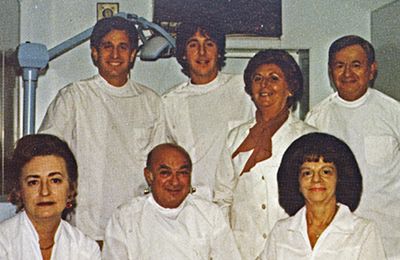 Our History
Our History
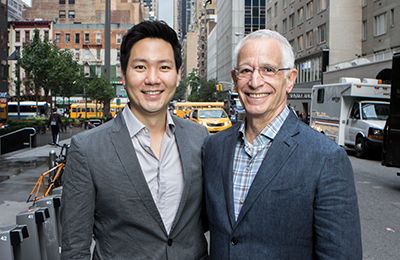 Our Providers
Our Providers
 About Us
About Us
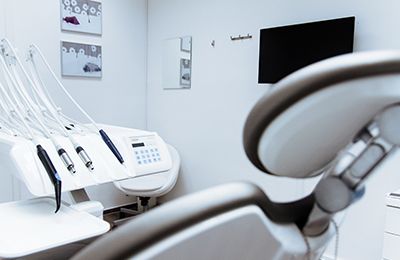 Blog
Blog
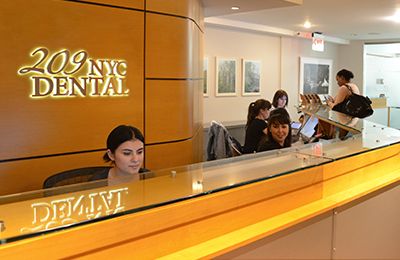 Contact us
Contact us
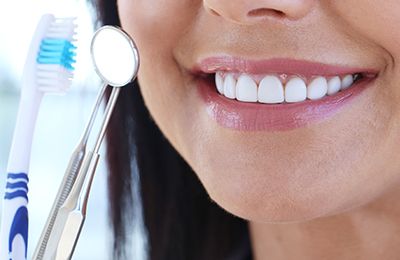 Diagnostic & Preventive
Diagnostic & Preventive
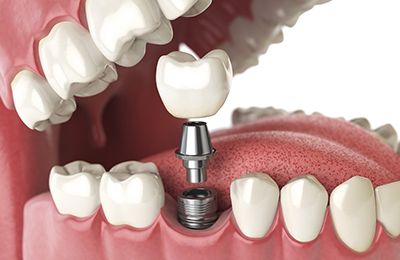 Implant Dentistry
Implant Dentistry
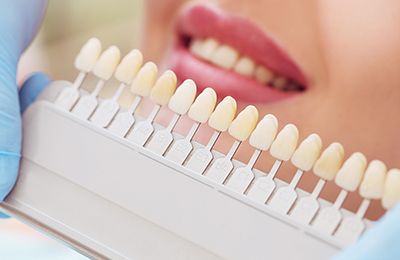 Cosmetic Dentistry
Cosmetic Dentistry
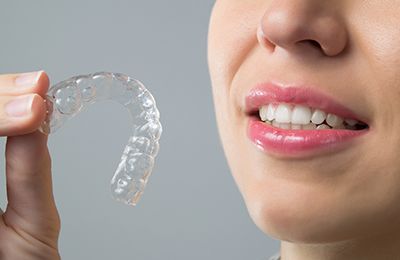 Clear Braces
Clear Braces
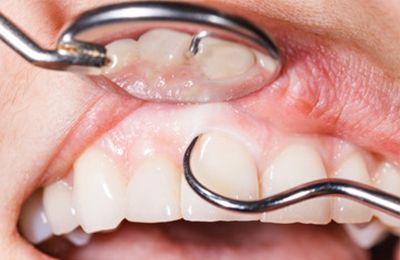 Periodontics
Periodontics
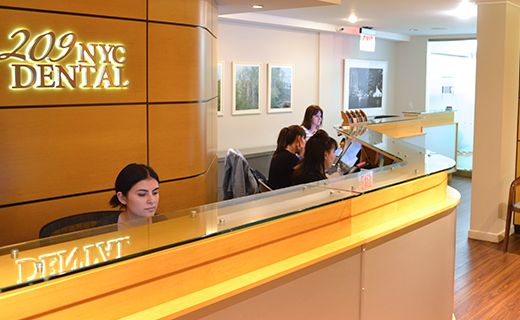 Patient Forms
Patient Forms
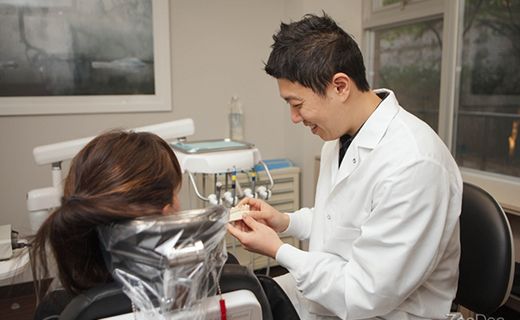 Payment Information
Payment Information
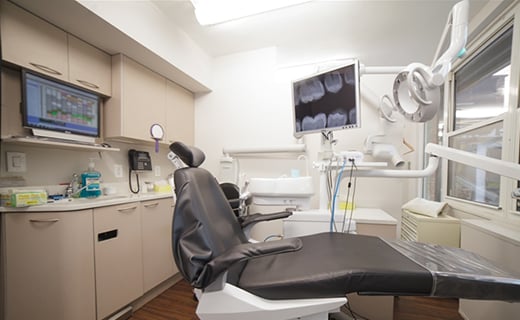 Insurance Options
Insurance Options
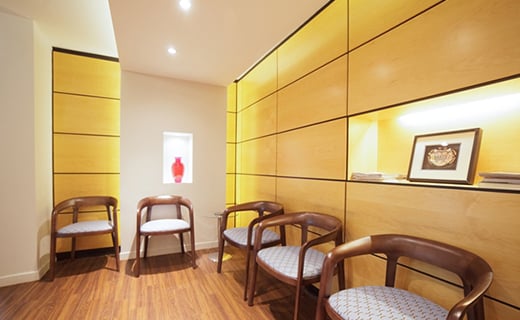 CareCredit Dental
CareCredit Dental
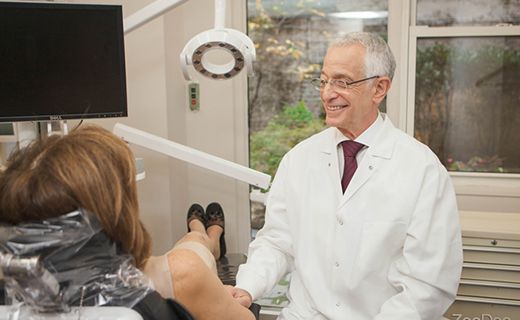 Appointment Policy
Appointment Policy
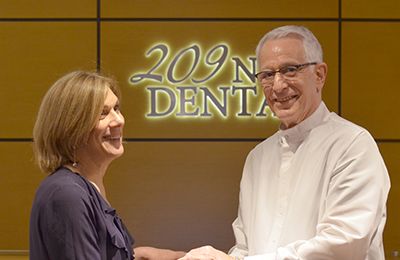 Free Consultation
Free Consultation
 Complimentary Teeth Whitening
Complimentary Teeth Whitening
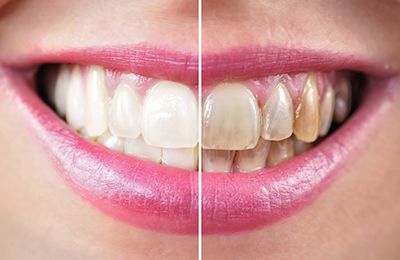 Teeth Whitening
Teeth Whitening
